Diesel fuel can gel in freezing temperatures, preventing it from flowing. Your vehicle won’t run when starved of fuel, so here’s what you can do to prevent diesel fuel gelling and potentially causing expensive repairs.
What causes diesel fuel gelling?
Diesel contains naturally occurring wax that remains liquid at normal operating temperatures. However, when temperatures drop, wax crystals begin forming and clinging together.
As temperatures continue to decrease the wax continues to solidify until it eventually restricts the flow of fuel through fuel filters, causing the engine to stall. Depending on the fuel, gelling can occur at temperatures barely below 32ºF (0ºC).
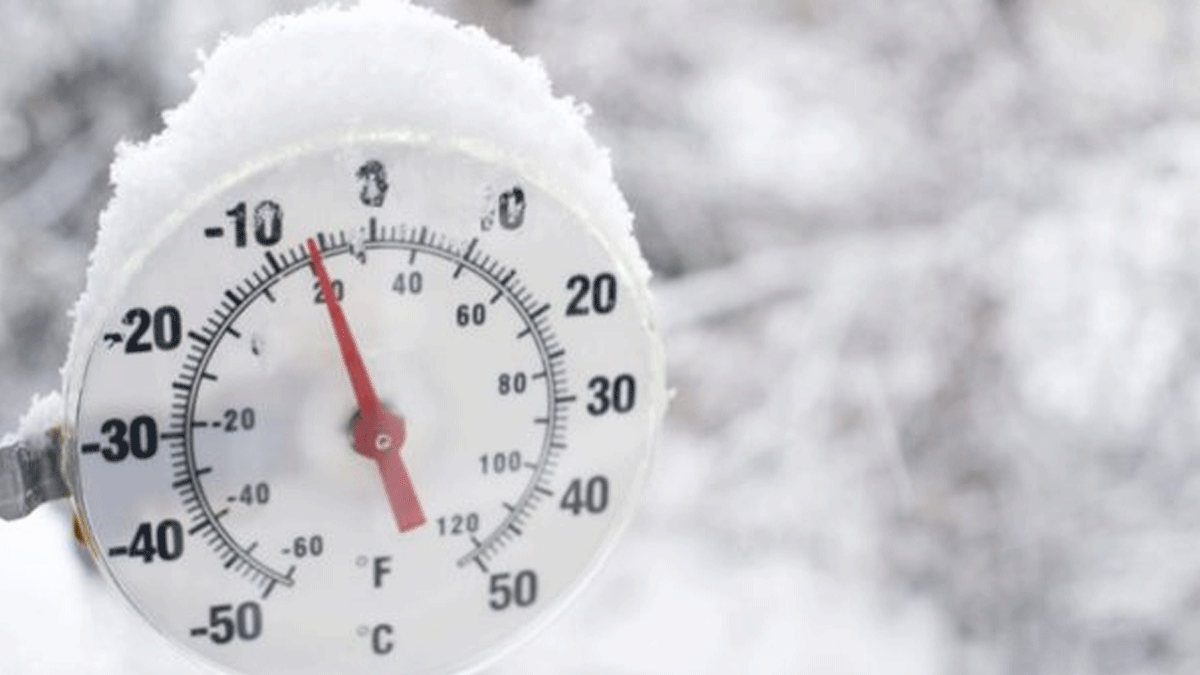
Cold flow terminology
Here are a few important terms used when talking about cold-weather diesel performance.
- Cloud point – The temperature at which wax crystals begin to form in diesel fuel. This is normally around 32ºF (0ºC) for #2 diesel fuel, but can be as high as 40ºF (4ºC).
- Cold-filter-plugging point (CFPP) – The point at which wax crystals forming in untreated diesel fuel clog the fuel filter, commonly referred to as “gelling.”
- Pour point – The lowest temperature at which fuel maintains its ability to flow.
#1 vs. #2 diesel fuel
Before the diesel engine was invented, #1 diesel was known as kerosene, a lighter and more highly refined fuel oil. Likewise, the equivalent fuel oil now known as #2 diesel was used as home heating oil. Modern #2 fuel oil formulated for use in diesel engines may include additives to improve lubricity, reduce wax (lower the gelling point), reduce corrosion, increase cetane rating, and emulsify water, which home heating oil did not require.
Diesel fuel becomes thicker as the temperature drops, but #1 diesel is thinner and contains less wax, offering cloud and pour points below -20ºF (-29ºC), making it more fluid and better than #2 diesel in freezing temperatures. It also has higher levels of cetane, which provides faster and more fuel-efficient cold starts. However, #2 diesel burns slower, which translates to better fuel efficiency and makes it the primary choice for road vehicles.
Fuel refineries do a decent job of blending winter-rated diesel fuel for colder climates to help prevent gelling. To produce winter-blend diesel, they often mix some percentage of #1 diesel fuel with #2 diesel fuel.
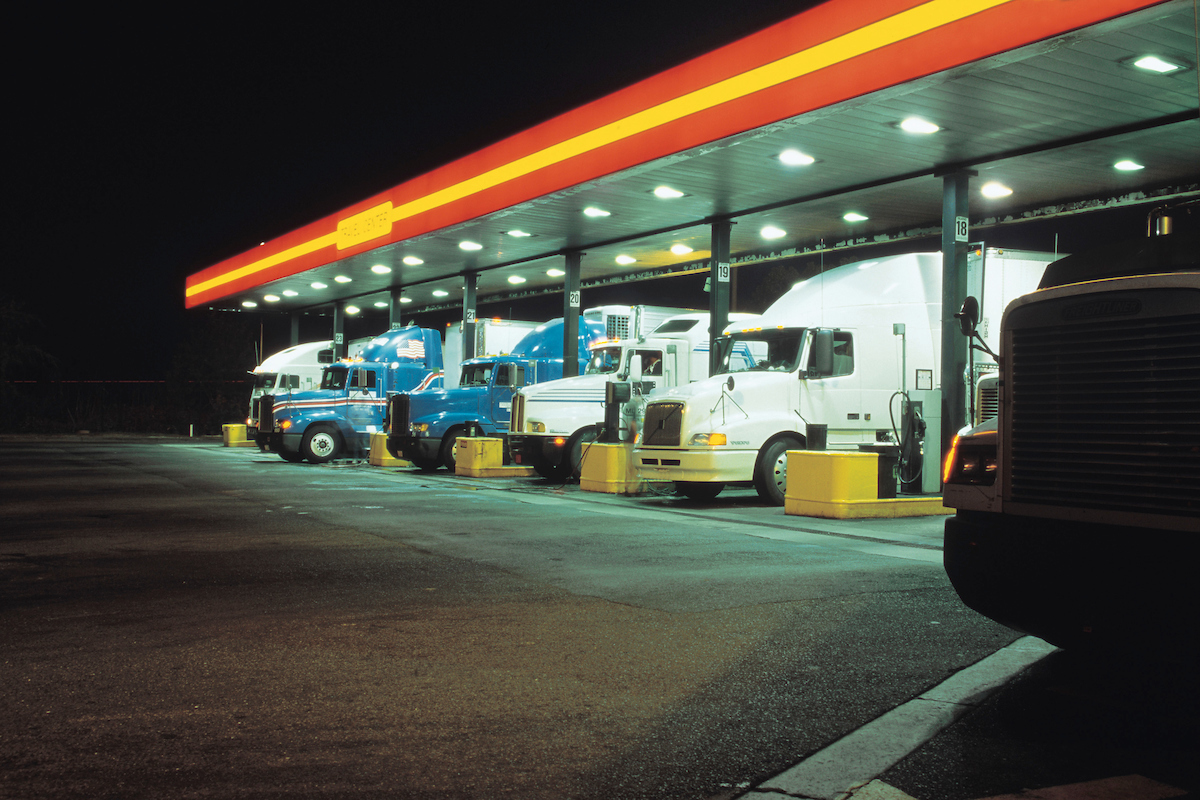
Ultra-low-sulfur diesel (ULSD) sold in North America must meet certain CFPP characteristics to protect drivers and their equipment. However, refiners typically base the fuel’s cold-weather performance on temperature projections that don’t leave room for sudden and violent temperature swings.
For instance, in northern states, the temperature can drop from 40ºF (4ºC) midday to below zero at dusk. It’s also possible that some fueling stations haven’t switched over to winter diesel blends early in the season. And if you don’t drive frequently, the summer diesel already in your truck can become a hazard when winter suddenly arrives.
Imagine being a long-haul trucker who starts a run where it’s 50ºF (10ºC) filled up with #2 diesel, but ends in Duluth, Minn., where it’s -10ºF (-23ºC).

Prevent diesel fuel gelling
There is chemistry available that ensures the wax in your fuel stays liquid so it can be pumped to the engine. These additives are called “cold-flow improvers,” and they help prevent diesel gelling.
AMSOIL Diesel Cold Flow combats diesel fuel gelling and improves diesel cold-flow ability with an advanced deicer to prevent fuel filter plugging in cold temperatures and ensure the fuel remains flowing and your truck keeps rolling no matter how frigid the weather.
In addition to the benefits of Diesel Cold Flow, AMSOIL Diesel 4-in-1 also provides optimum detergency to help keep the fuel injectors and combustion chamber clean and a four-point cetane boost improves combustion efficiency for increased power and fuel economy and easier starting.
In independent testing, AMSOIL Diesel 4-In-1 provided as much as 32ºF better protection against cold-temperature diesel fuel gelling than a leading competitor.
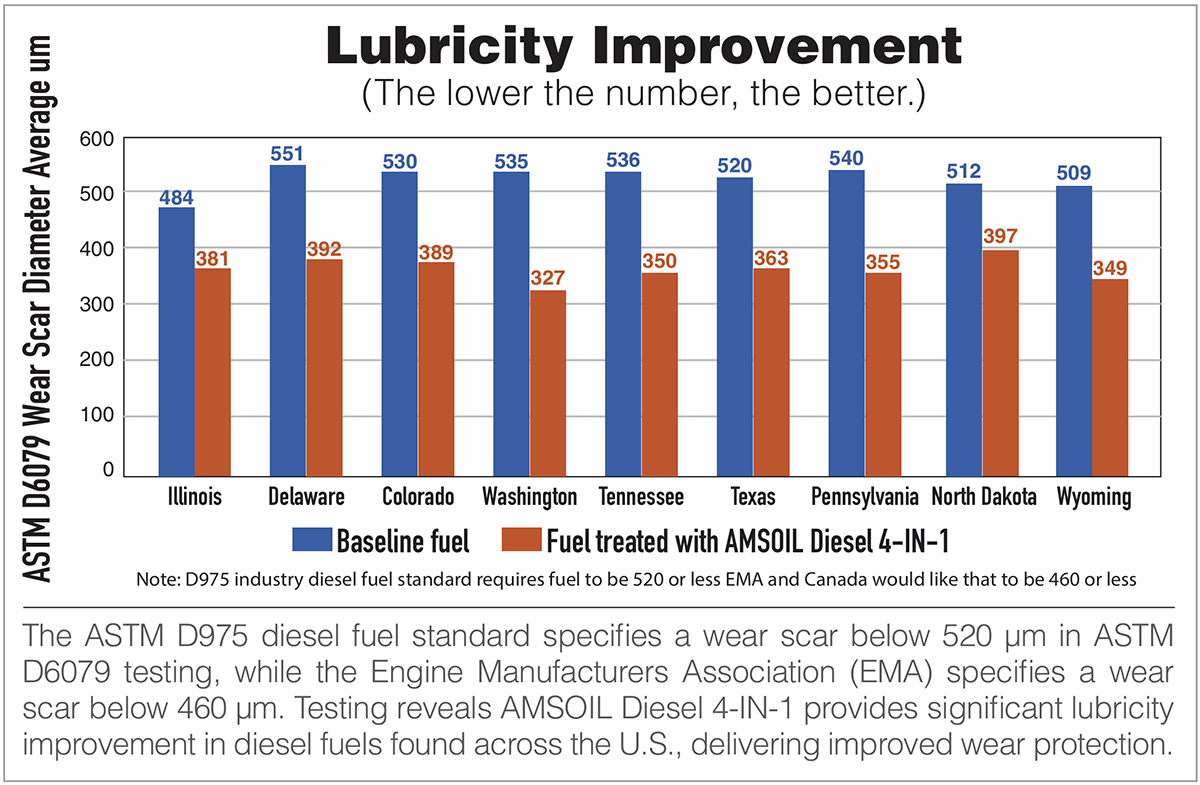
It gelled, now what?
Clogged filters and frozen diesel are a huge hassle, especially for truckers or fleets that need running vehicles to get work done.
AMSOIL Diesel Recovery quickly dissolves gelled fuel and separates the molecular bonds of wax crystals that have agglomerated, saving you from an expensive and time-consuming tow. It also thaws frozen fuel filters, saving an inconvenient trip to an auto parts store for a new filter. Be sure to keep a bottle in your vehicle for cold-weather emergencies.

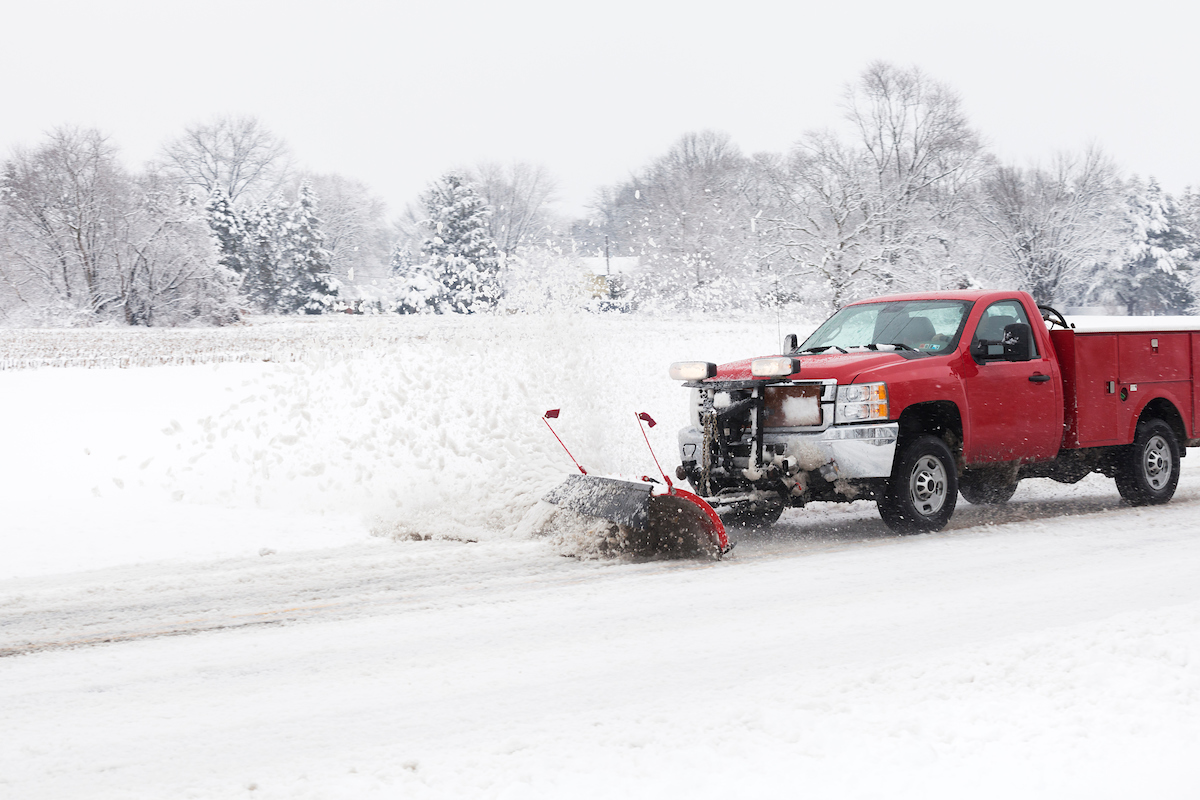

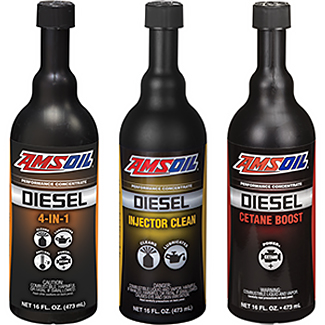
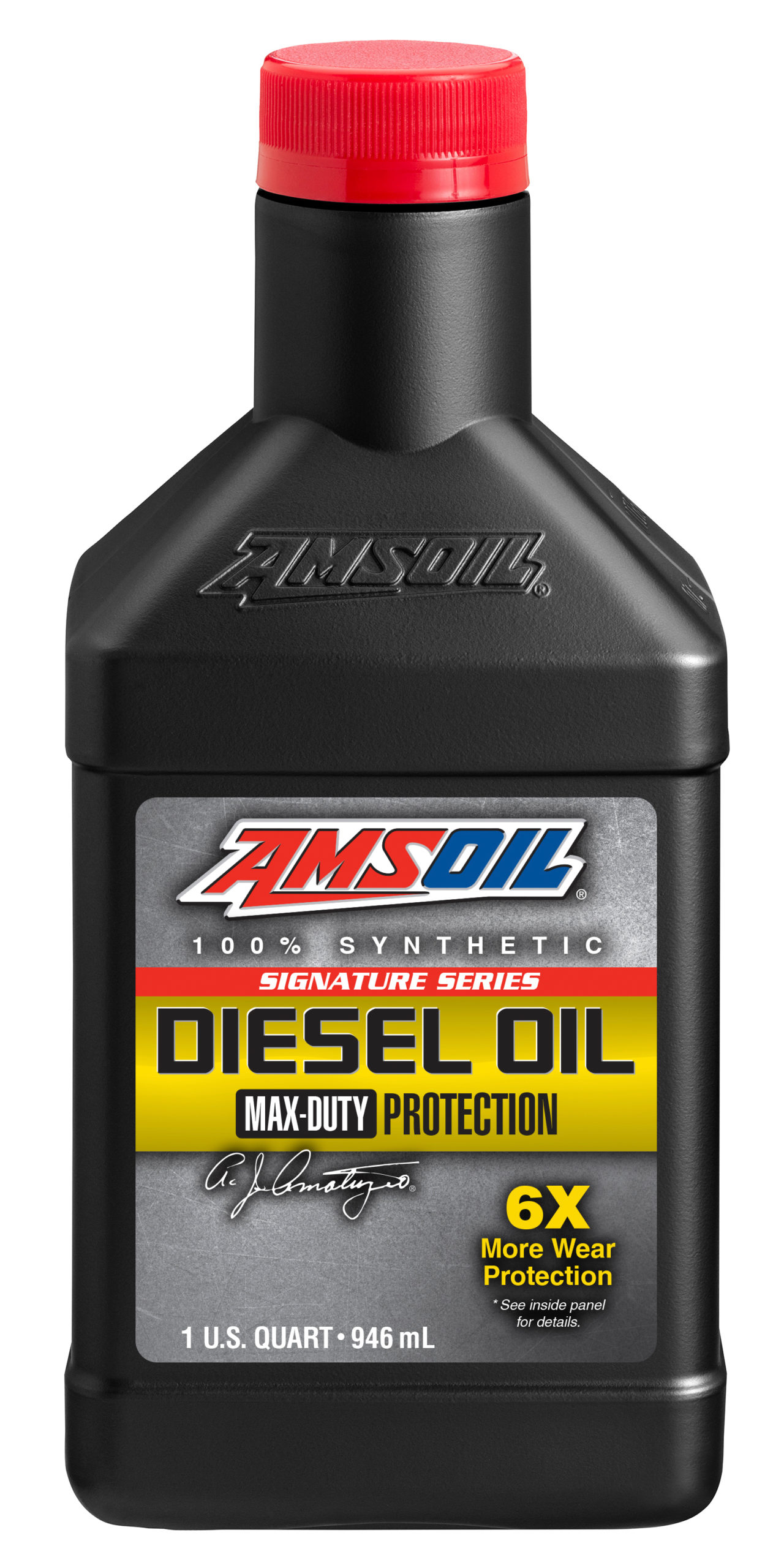
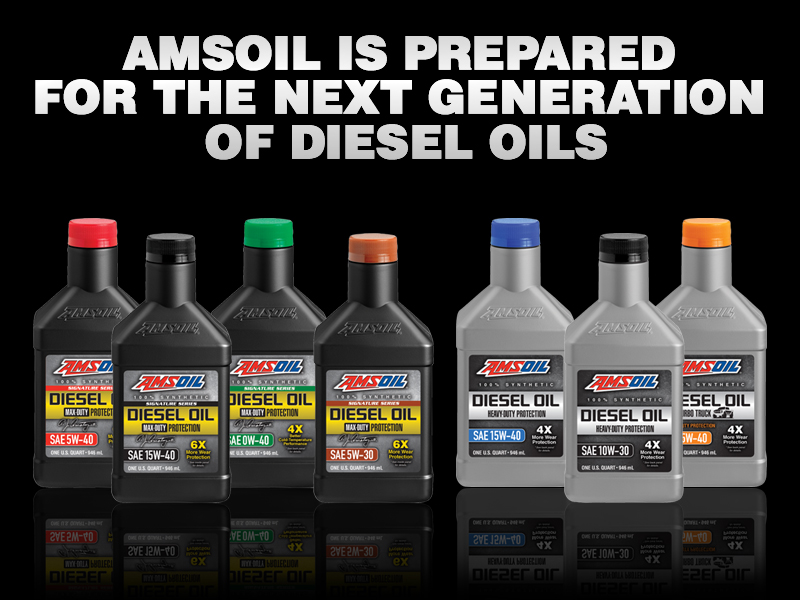


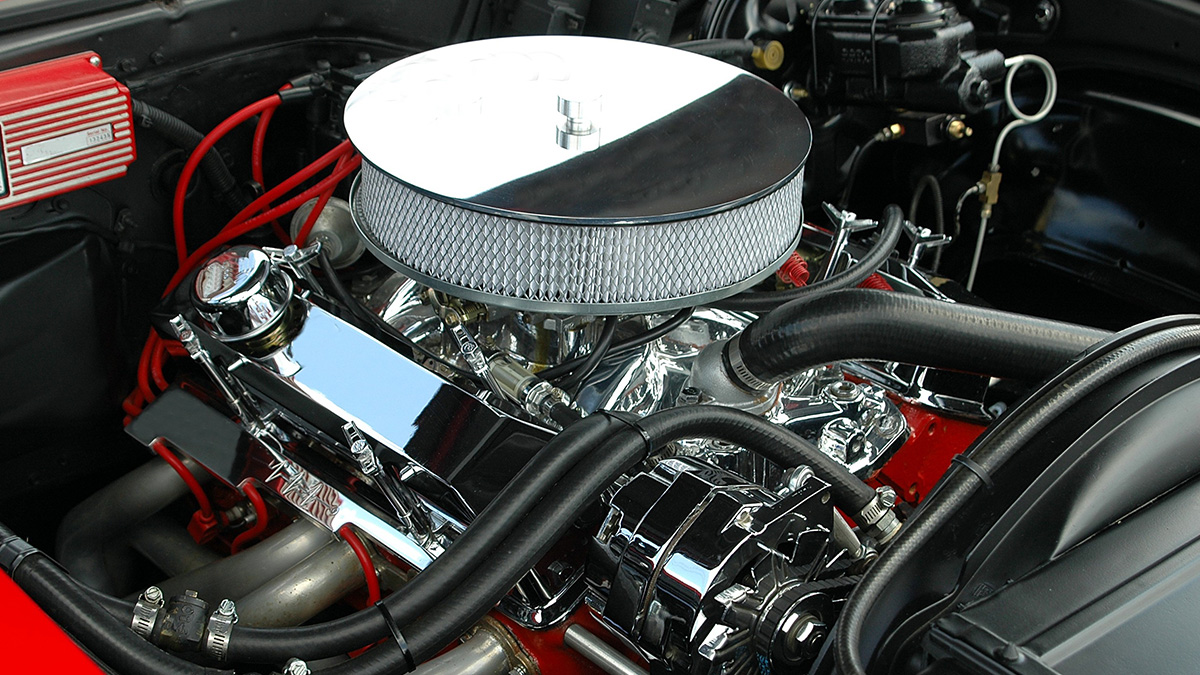
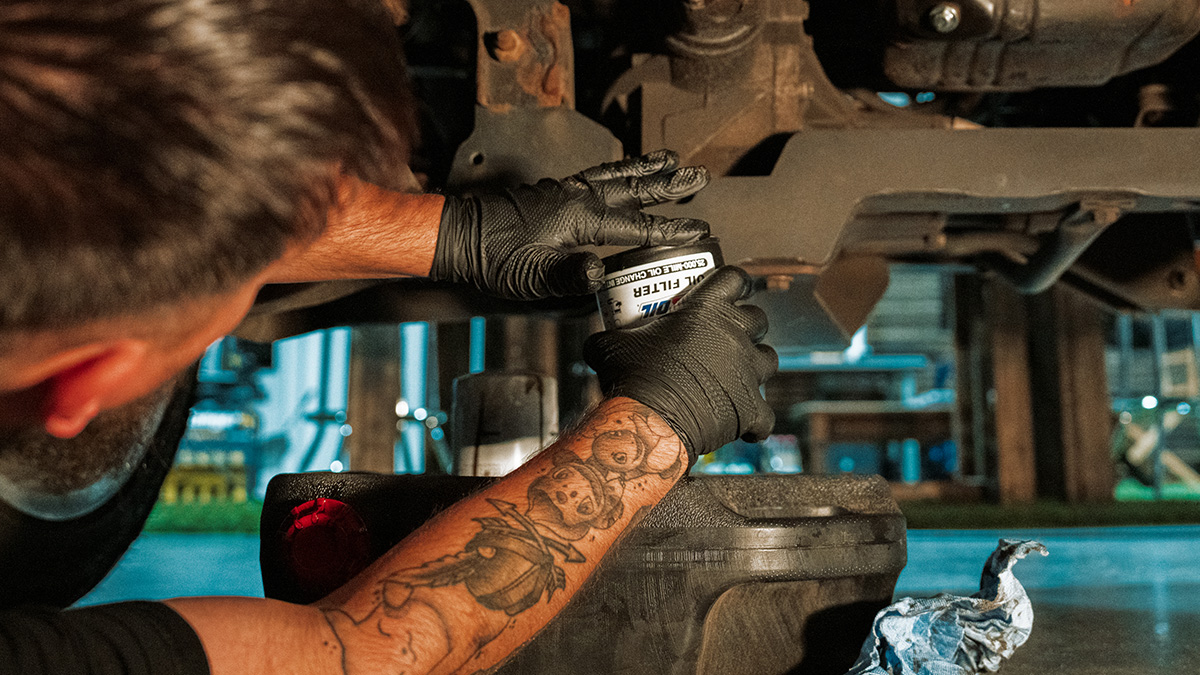

Comments
AMSOIL Technical Writer and 20-year veteran of the motorcycle industry. Enjoys tearing things apart to figure out how they work. If it can’t be repaired, it’s not worth owning.
Share: